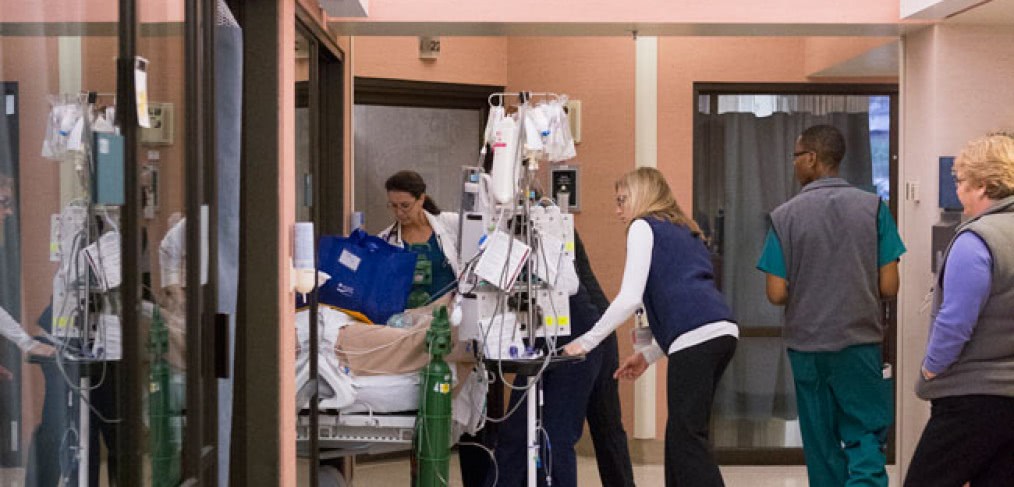
ALL TALK
I recently heard a story about a patient with a tracheotomy. He was cold, so to the best of his ability he verbally asked for ‘pants.’ The nurse misunderstood and thought he said ‘pain.’ In this situation, non-verbal communication, such as confirming with use of eye blinks, would have overcome a language barrier and prevented administering medication that was unnecessary. Situations like this could prove detrimental, or even deadly, to patients.
Studies have shown that communication can be broken down to a 55/38/7 formula: 55% is body language, 38% is tone of voice and 7% is the actual spoken word. If non-verbal is over 80% of communication, then why does the healthcare field seem to rely mostly on using the spoken word, especially when many patients face obstacles that may prevent them from speaking effectively?
Visual aids are a quick, easy-use of non-verbal communication, especially in today’s technology savvy society. Between social media and the use of portable electronics such as tablets and smart phones, there is easy access for exchanging and sharing messages, photos, videos, web links and more; and the use of technology has already started to transcend personal use into professional use. For example, your dentist will show you pictures of your teeth and tell you all about what is going on in your mouth, a veterinarian will take a picture of your animal to have in their file and even your hairdressers may snap a photo after your haircut to document your latest style. But has your physician ever taken a photo of you to use during your next visit to see if there are substantial physical changes that took place since your last visit? Do you have access to a patient web portal that provides easy access to any x-rays or imaging that has been taken? Why is the healthcare field lagging behind?
The opportunities and benefits of using non-verbal communication in healthcare situation are limitless. Just a scratch of the surface reveals a few immediate opportunities:
- Use interactive on-line interpreters to overcome barriers related to language, culture, age and gender
- Take photos of patient during each office visit and use to compare at next visit to see if noticeable physical changes have occurred
- Take photos of patients to include in patient demographic records for easy patient recognition for all caregivers and staff
- Increase use of pictures, diagrams, and video training in both patient pre-procedure and discharge education
- Include family members in clinician updates via in-room teleconference systems and tablet PCs or Smart TVs
- Show “what to expect” images such as a clean heal vs. infected heal or what to expect while recovering from a surgery
- Use staff pictures in patient room or exam room to show the patient who the clinical team members are
- Take pictures of patient’s family support members for the clinical team members to identify who is responsible for a patient/family/etc.
- Use wipe boards for training for visual cues such as blinking for patients who are unable to speak
- Include pictorial records in patient portals such as x-rays, scans, and photos
Now that we know the research, potential opportunities and some benefits of non-verbal communication, why is the healthcare industry not utilizing it more as part of the care model? Are we not making the non-verbal communication tools available? Are we not teaching people how to effectively use the non-verbal communication tools that are currently available? Are the tools available but difficult or unreliable to use? Are clinicians weary of utilizing some of these tools because there are no payment structures around it? Or is it simply that there are no policies/procedures/protocols developed to take advantage of these new technologies? Let’s start the discussion of how we can start incorporating more non-verbal communication methods and tools into healthcare.

